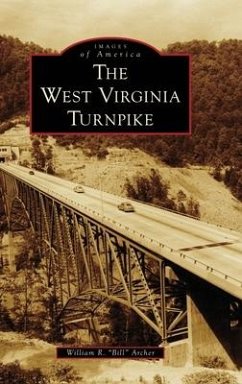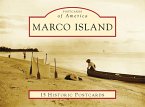The beautiful mountains of south-central West Virginia can be simultaneously challenging and rewarding to travelers. Pre-Columbian First Nations people traversed the Allegheny Mountain Range for thousands of years before European settlers arrived. The natural mountain barrier stood as a formidable challenge to the newcomers. Union and Confederate forces traversed West Virginia, but artillery trails and oxen paths were ill-suited for trucks and automobiles. During World War II, Allied forces witnessed the significance of Germany's autobahn in terms of troop movement. Still, planning for a US interstate highway system evolved slowly. In 1947, leaders in the West Virginia State Legislature approved funds to build a turnpike from Wheeling to Princeton. Cost concerns prompted legislative leaders to modify the plan and select a route from Charleston to Princeton. The southern part of the two-lane version of the turnpike opened to nationwide acclaim in 1955. The unrivaled beauty of the 88-mile superhighway; the incredible travel time savings and attractions, including Tamarack--a marketplace for West Virginia artists and artisans; and a conference center have transformed the West Virginia Turnpike into an attractive destination excellent for visiting travelers as well as West Virginians.
Hinweis: Dieser Artikel kann nur an eine deutsche Lieferadresse ausgeliefert werden.
Hinweis: Dieser Artikel kann nur an eine deutsche Lieferadresse ausgeliefert werden.








